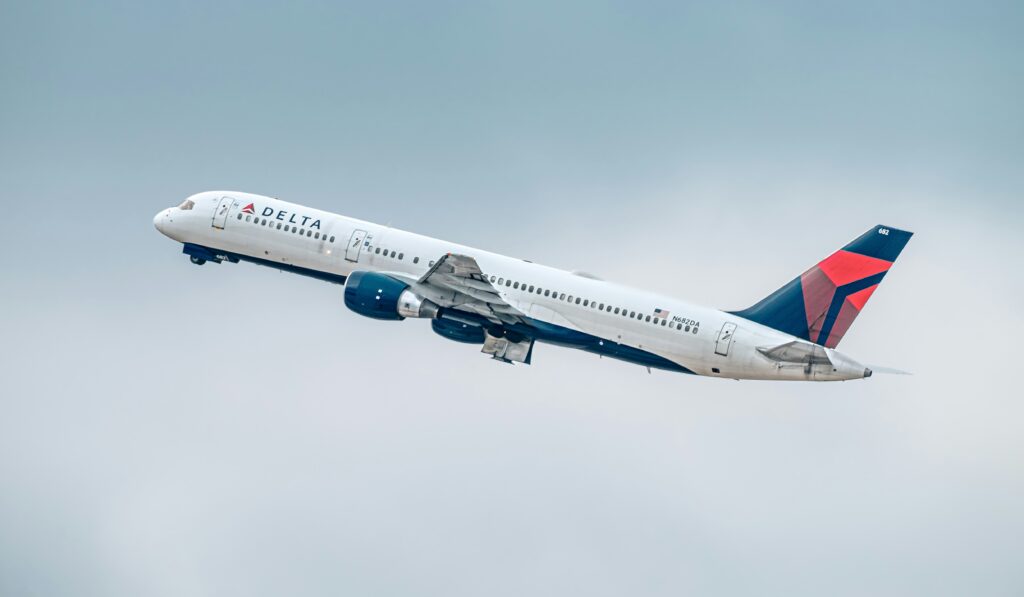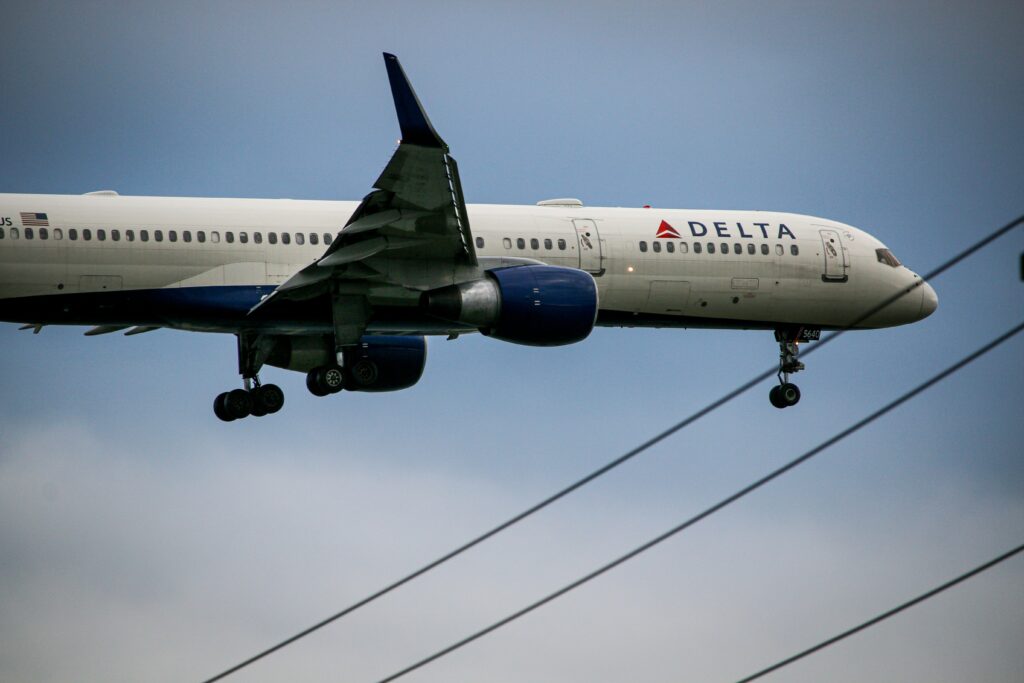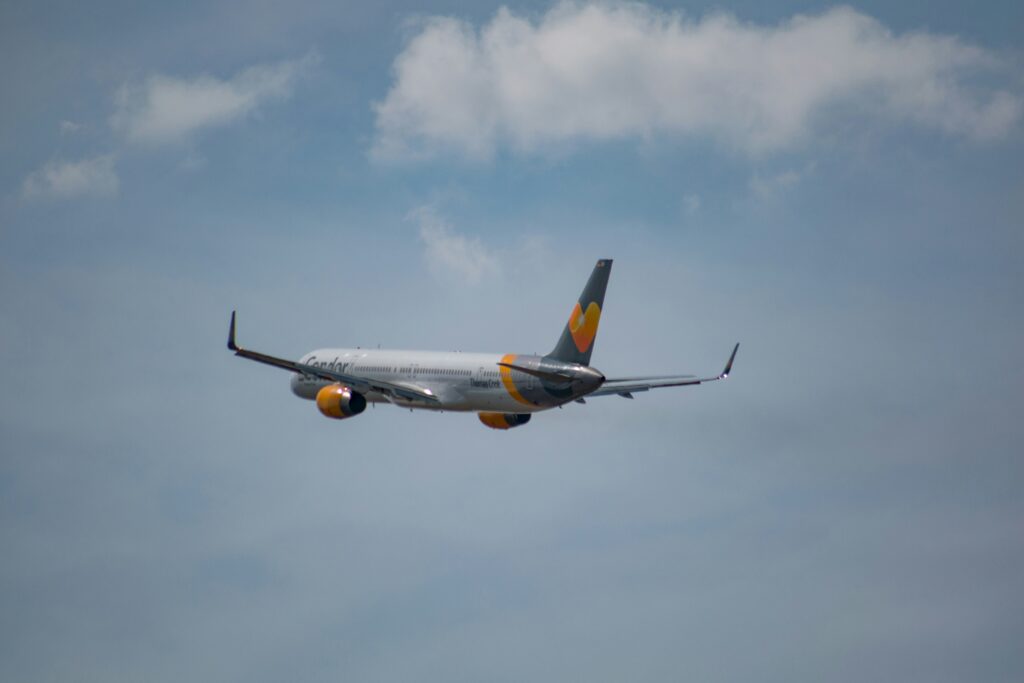
The Boeing 757: The Cult Classic That’s Too Good to Replace
6 min read

6 min read
By: The Aviation Co.
Boeing built the 757 more than 40 years ago, and the industry still hasn’t built anything better. Airlines like Delta, United, and American continue flying the 757-200 and 757-300 even as they add next-generation aircraft like the Airbus A321XLR and Boeing 737 MAX to their fleets.
Why? The reason is simple: nothing since has matched its combination of raw performance, versatility, and runway flexibility.
Here’s why it’s still in the air, and why that’s not changing anytime soon.
When Boeing introduced the 757 in the early 1980s, it was meant to replace the three-engine Boeing 727. The idea was simple: build a more efficient, twin-engine aircraft type that could handle short runways, climb aggressively, and carry a full passenger load across longer routes.
The result was a jet that punched well above its weight. The 757 combined the reliability of the smaller Boeing 737 with the range and comfort of a wide body like the Boeing 767. Its long, slender fuselage, high thrust-to-weight ratio, and powerful Pratt & Whitney PW2000 or Rolls-Royce RB211 turbofan engines gave it capabilities few single-aisle aircraft could match, then or now.
For the first time, airlines could operate routes like New York to Los Angeles or Newark to London with a narrow-body aircraft that didn’t sacrifice comfort or speed. It cruised close to Mach 0.80, rivaling wide-body performance with smaller operational costs.
Pilots will tell you the Boeing 757-200 is one of the best-handling jets ever built. The power-to-weight ratio means short takeoffs, smooth climbs, and confident control in almost any weather. Many call it “overpowered,” but in aviation, that’s a compliment.
For passengers, even before takeoff, the 757 sets itself apart. The 757’s smooth ride and impressive takeoff roll are part of its signature. Even on long transcontinental routes, it feels solid and balanced, the kind of aircraft that inspires trust.
Delta Air Lines and United Airlines have leaned into that reputation, outfitting their 757 fleets with modern interiors, Wi-Fi, and updated seat maps that rival newer Airbus and Boeing cabins. American Airlines has done the same, keeping its fleet polished for key business routes.
And then there’s Icelandair, which has turned the 757 into a brand icon. Its livery (bold, modern, and unmistakable) carries the aircraft across the North Atlantic daily, linking New York, Boston, and Seattle to Reykjavik and beyond.

There is undoubtedly nostalgia that surrounds the Boeing 757, but what keeps it in the air is necessity.
Few modern aircraft can do what it does. With an MTOW (maximum takeoff weight) north of 250,000 pounds, a generous wingspan, and robust twin-engine power, the 757 can launch from short or high-altitude runways that would ground an Airbus A321XLR or Boeing 737. It’s equally comfortable at 40,000 feet or in and out of airports like Denver and Quito, where density altitude challenges lesser jets.
That flexibility is gold for airlines. United Airlines and Delta still rely on the 757 for high-demand, medium-haul routes that require speed, range, and payload capacity. American Airlines once used it extensively on transatlantic flights, and while many of those missions have shifted to newer Airbus models, the 757’s legacy remains: no single-aisle replacement matches its balance of efficiency and power.
Cargo carriers haven’t missed that either. FedEx and DHL use hundreds of converted 757s for overnight freight, calling it the perfect mix of payload and economics. Its airframe and fuselage are robust and designed for the long haul.
When an aircraft earns the trust of the U.S. Air Force, it says something. The 757 serves under the designation C-32, flying high-ranking government officials, including the Vice President. Outfitted with upgraded communications and interiors, these aircraft have proven just how adaptable the 757 platform is, even decades after its first delivery.
That’s longevity most modern jets would envy.
For years, Boeing teased a “New Mid-Market Airplane”, a theoretical successor to bridge the gap between the 737 and 787. But nothing ever made it past the drawing board. The company’s focus on the 737 MAX and 787 programs left little room to revisit the 757’s niche.
That gave Airbus the opening it needed. The Airbus A321XLR now claims much of the 757’s former territory, offering similar range and better fuel efficiency. Still, for all its advancements, it doesn’t match the 757’s takeoff performance or runway flexibility.
Ask any pilot who’s flown both, and they’ll tell you: the Airbus might be efficient, but the Boeing 757 is a thoroughbred.

There’s something deeply human about the 757’s story. Built in an era of bold engineering, it wasn’t designed for planned obsolescence. Its performance and reliability made it indispensable: a tool pilots trusted, airlines depended on, and passengers remembered.
Even now, when you spot one at Newark, New York-JFK, or Atlanta, there’s a quiet recognition among aviation fans. You’re looking at a machine that outlasted trends, mergers, and market shifts, which is a rare feat in commercial aviation.
As Delta Air Lines, United Airlines, and cargo carriers continue to stretch their fleets into the next decade, the 757 remains proof that smart design never really gets old.
The world may have moved on to more efficient twin-engine designs like the Airbus A321XLR and Boeing 737 MAX, but there’s still compelling about the sight and sound of the Rolls-Royce RB211s powering up and the distinctive silhouette of a classic widebody taking flight.
The Boeing 757 is a symbol of precision and purpose. With its twin-engine power and unmistakable takeoff performance, it set a bar that even modern aircraft like the Airbus A321XLR are still chasing.
Decades later, it remains in the fleets of Delta Air Lines, United Airlines, and American Airlines for a reason: no one’s built a better replacement. Until that changes, the 757-200 and 757-300 will keep doing what they do best: connecting cities, crossing oceans, and proving that great engineering never goes out of style.
Can modern aircraft ever truly replace the 757, or are some designs just irreplaceable? Share your take on The Aviation Co., a space for aviation lovers, frequent flyers, and pros to connect.